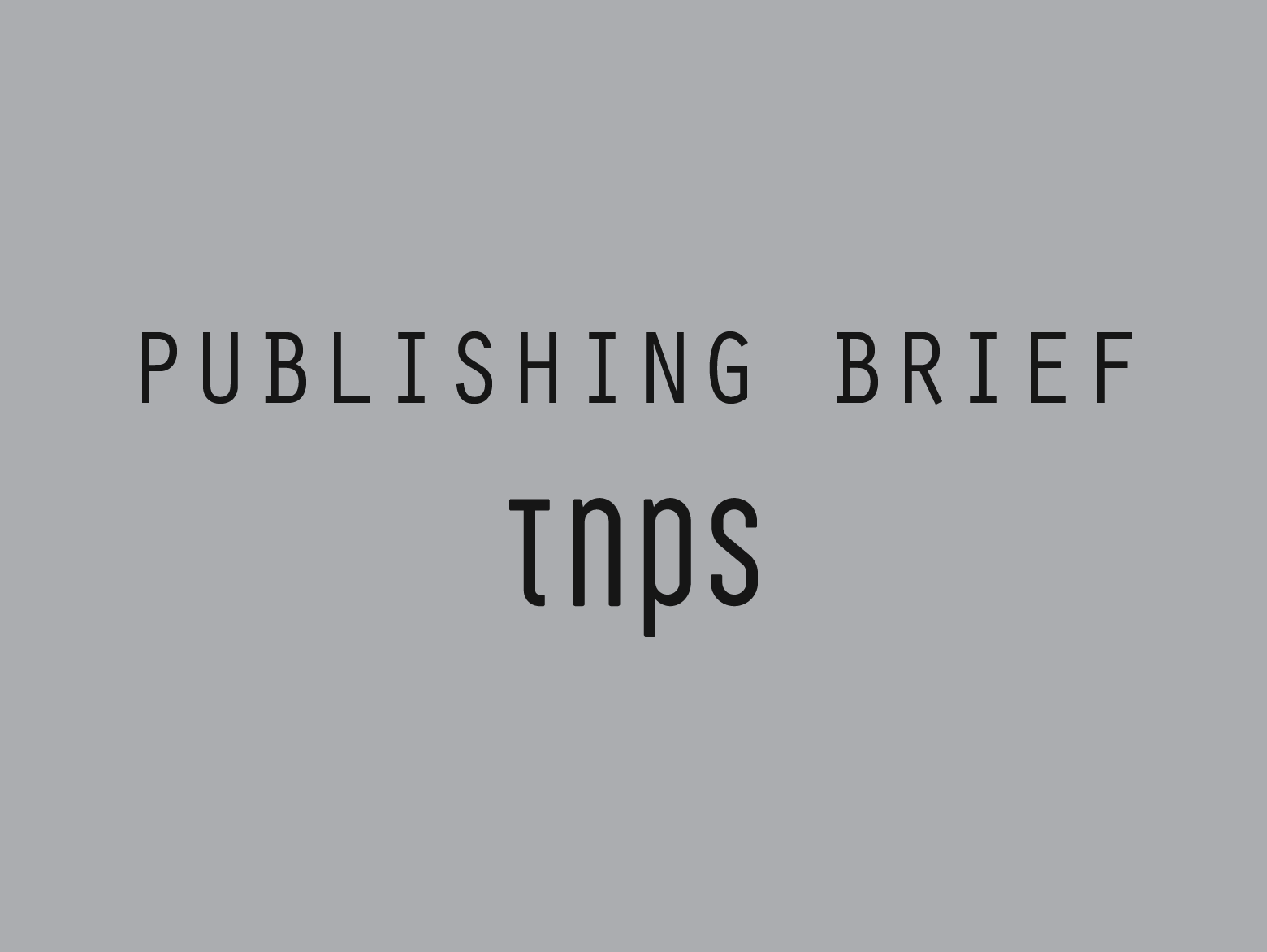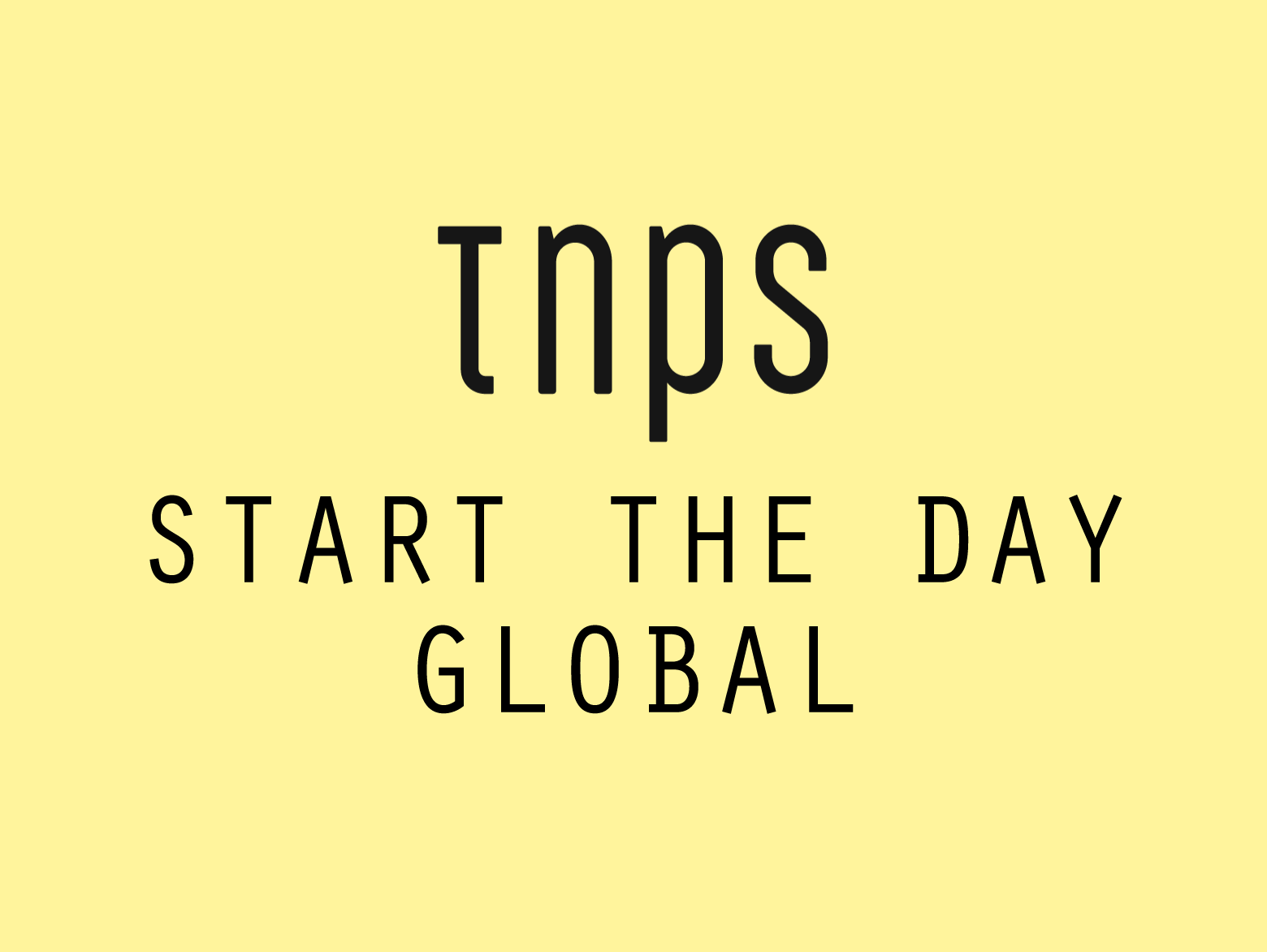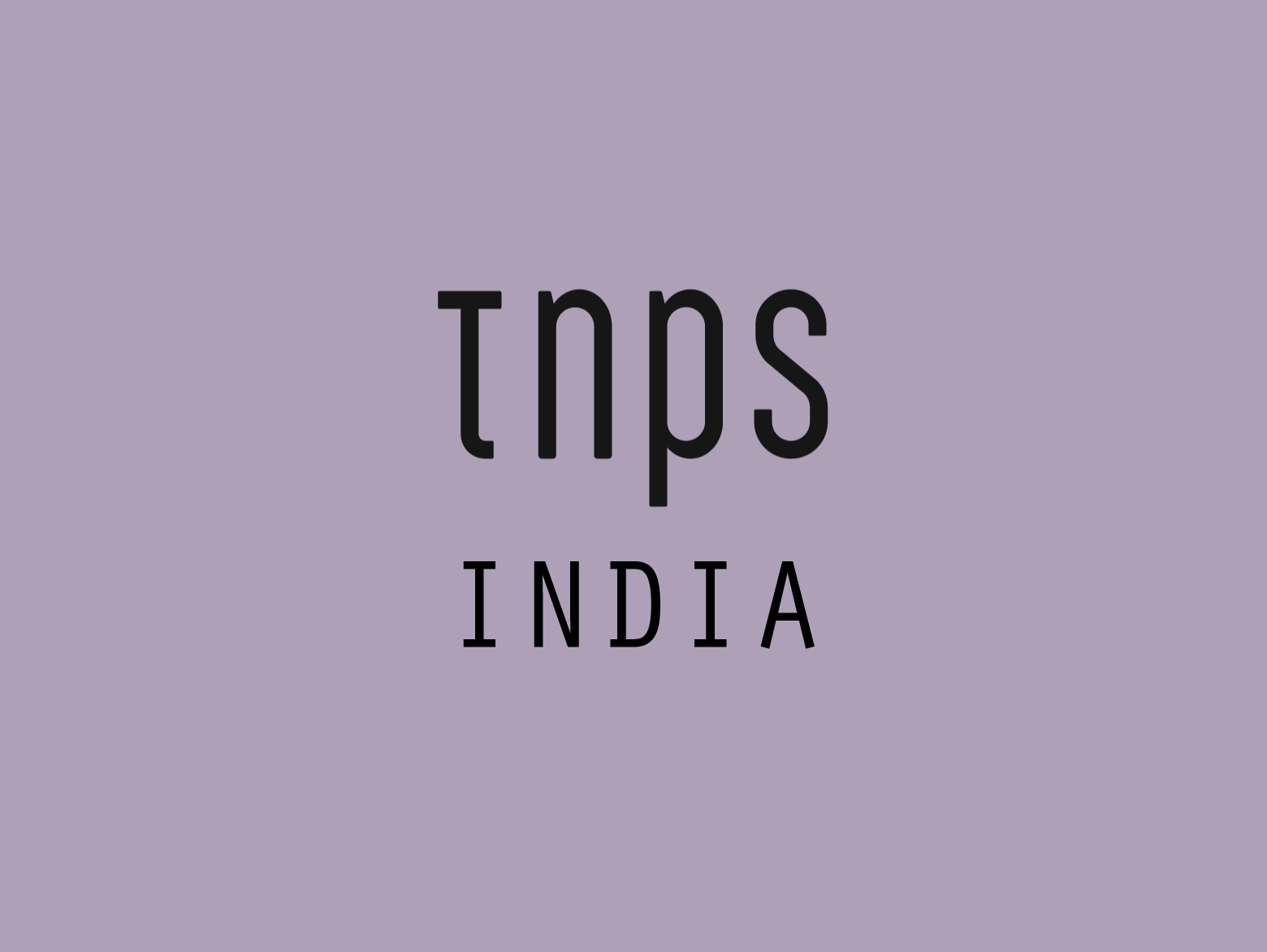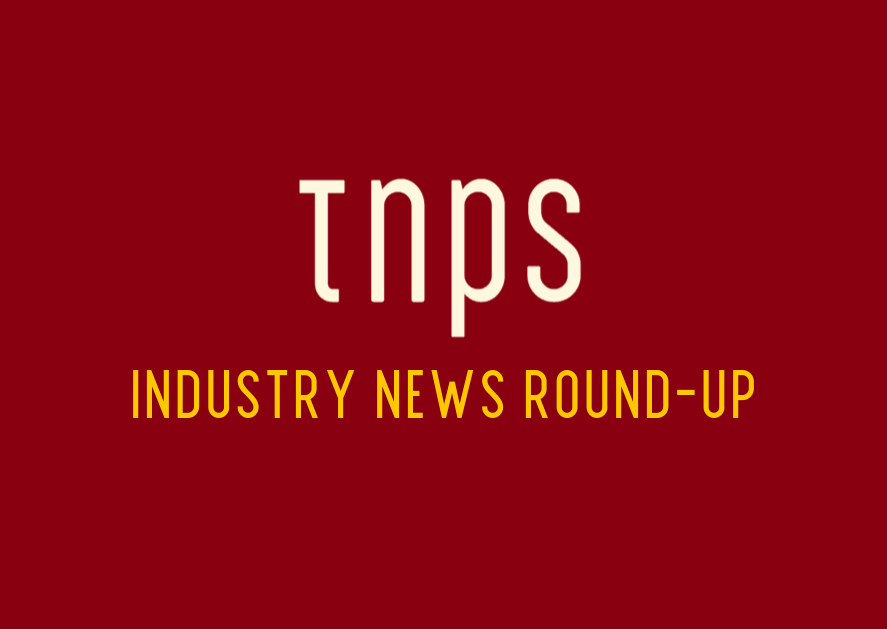Forty percent of books sold in Sweden are through a subscription service.
Total book sales revenue in Sweden increased by 6.2% last year but, perhaps unsurprisingly given the rise and rise of the subscription model in Scandinavia, digital is leading the charge.
And traditional bookselling outlets are getting hammered.
While there are many upsides to the subscription model that is flourishing across Scandinavia, led by Sweden, this report makes grim reading for those committed to the analogue model, and will offer little hope to publishers elsewhere in Europe, and beyond, who are watching the Scandinavian experiment to see if, without Amazon’s involvement, the subscription model and traditional book selling can peacefully coexist.
“An increasing share of sales is done digitally,” says Erik Wikberg, researcher at Stockholm School of Economics and author of a report that uses data compiled by Svenska Bokhandlareföreningen and Svenska Förläggerföreningen, and which is believed to capture two thirds of the Swedish book market.
By revenue, for first half of 2018 compared to same period 2017,
- Digital subscription services increased by 36.9 percent
- Internet bookshops (bundled with book clubs) increased by 7.5 percent
- The physical bookshop decreased by 5.2 percent
- The grocery trade declined by 5.8 percent
But there’s more to publishing than cold cash. Unit sales, for example.
The tracked unit sales consumed (as books on subscription are not paid for individually) increased by 15.1 percent. Reading and listening in digital subscription services accounts for almost all this increase.
With the aforementioned caveat in mind that subscription books are not actually paid for per unit, the report notes that an increasing proportion of book sales are made digitally, with almost four out of ten books in Sweden “sold” via digital subscriptions.
But perhaps more importantly still, though not really touched upon in the translated excerpts from the report I’ve seen, is a deeper shift that we really ought to be addressing.
In the US, where the analogue-digital battle has been bitterly fought this past ten years since the Kindle store launched, the debate has not been about print vs digital but rather print vs ebooks.
And to a very large extent the rise of ebooks has been boosted by the self-publishing movement.
First offering cheap ebooks that made an investment in an ereader worthwhile.
And second, by many of those same self-publishers being tempted into Amazon’s ebook subscription service Kindle Unlimited (KU), which powered by the Amazon marketing machine has become a major force in the handful of markets in which it operates.
But for numerous reasons very few of the traditional publishing sector have put their books into Kindle Unlimited.
Meantime in the audiobook sector, Amazon-owned Audible has risen to be the audiobook powerhouse of the US.
But still audiobooks are a tiny sector of the overall publishing market.
In Scandinavia, and nowhere more so than Sweden, we are seeing very different story unfold.
In Sweden the digital surge is being powered by audiobooks, with ebooks a distant second place.
Just what the breakdown is is not clear, but when Erik Wikberg talks about a 15.1 percent in unit sales and says reading and listening in digital subscription services accounts for almost all this increase, it’s safe to say audiobooks, not ebooks, are in the driving seat.
And when we look at the digital subscription players in Sweden we see few if any self-publishers are involved. Storytel has strict rules about which publishers make the grade, for example, and in any case very few indie authors can afford to produce their own audiobooks.
But across Scandinavia audio is proving immensely popular. If this latest report is accurately reflected in the third of the market not encompassed in the results then what we are seeing is not just a dramatic shift towards digital, but a sea-change in the way books are consumed, with the possibility in the not too distant future that, in Scandinavia at least, the preferred format for book consumers will be audio.
The repercussions for publishers of all shapes and sizes have yet to be explored, but will be dramatic and, for many, painful.
Ten years ago, as ebooks began their meteoric rise in popularity, there was a question mark over whether print could survive the gathering storm. Ten years on and print is still, mostly, doing rather well, even as ebooks hold their own.
But in a publishing dystopian future, might both print and ebook fall prey to the digital predator that is audio streaming?






Trackbacks/Pingbacks